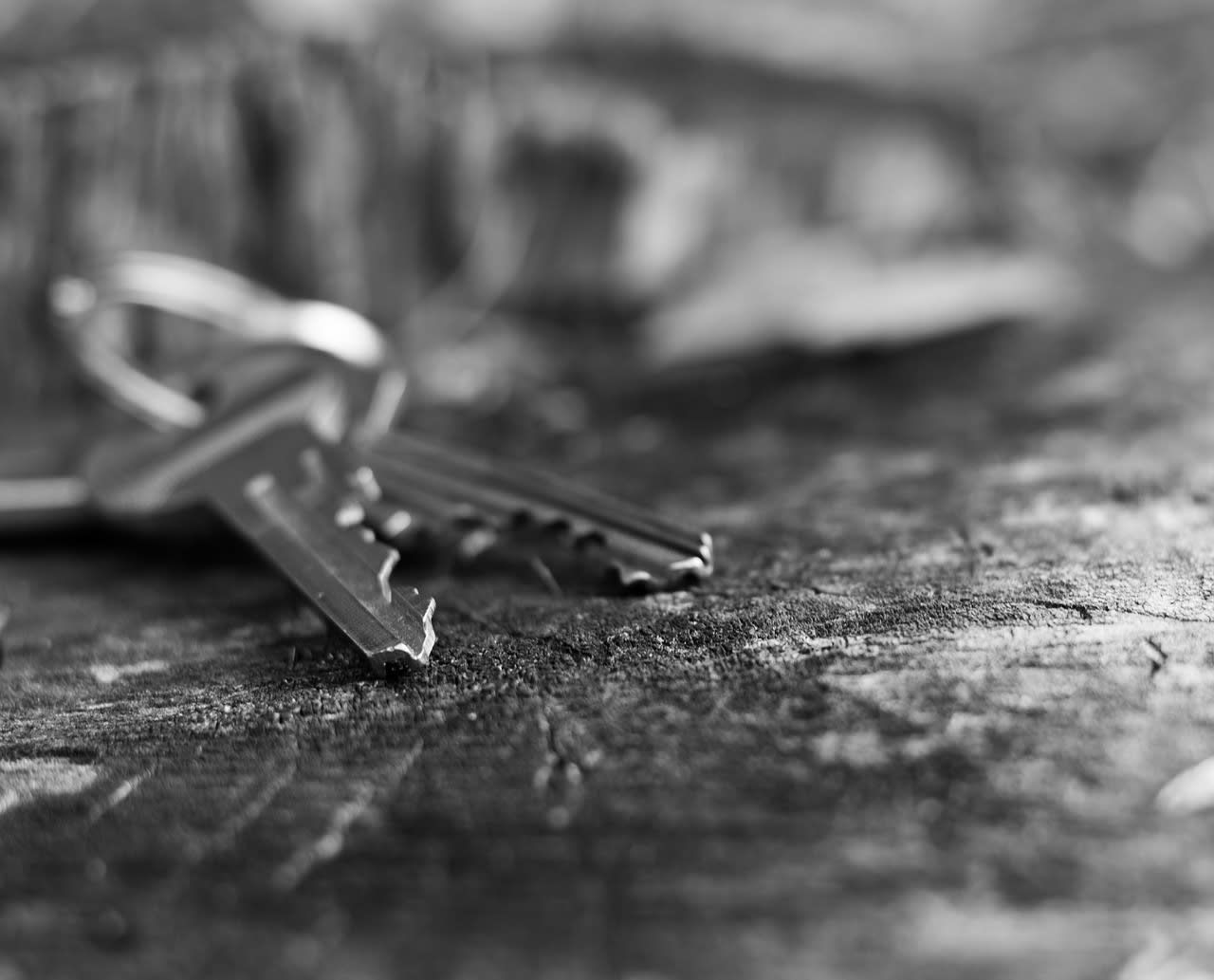Tips for Seniors Who Are Moving to a New Home to Downsize - GUEST BLOG - By Lydia Chan
By Lydia Chan
The most popular reason for seniors to move to a new home is downsizing. Many seniors, still living in the homes they shared with their children or deceased spouse, slowly begin to realize that they simply have too much space to occupy.
Downsizing reduces upkeep costs, reduces strain on those with mobility issues, and allows seniors to streamline their living arrangements. Here are some tips to consider when moving to a smaller house.
Measure, measure, measure
Take stock of all the essential furniture in your current home. Measure it all. When searching for a new home, use those measurements to determine exactly how much space you really need. If all of your essential furniture can fit comfortably in a 1,800 sq ft home, there’s no need to buy a 3,000 sq ft home.
Measure the precise dimensions of all storage space in your prospective new home - closets, attic space, basement storage, etc. This will give you a sense of how much “stuff” you can comfortably store in your new home. This will help you make decisions when downsizing your possessions.
The “what would I replace if I had nothing” question
Downsizing is hard because it’s inherently stressful to get rid of things. This fact never changes, and only gets more complicated as you age.
Seniors tend to accumulate more belongings, and many of them have sentimental value. One question you should ask yourself when moving and attempting to downsize is “what would I replace if I had nothing?”
Imagine everything is lost in a fire. Morbid, maybe - but also useful. What items in your current home would you most certainly replace?
“Before you do anything - before you even move and know how much space you have to move into, the first thing to do is take a close inventory of your belongings. Ask yourself, If everything you owned was lost in a fire, what would you replace?
Take stock of the things that are actually important to you, and the things that you could live without, or could actually replace or downsize along with your living space,” suggests Lifehacker.
Make a plan and start from the outside
When you begin to go through your belongings to decide what to keep, what to sell, what to donate, and what to throw away, it helps to develop a plan. One such plan is to start at the outer reaches of your home and work your way in.
“Start in the rooms farthest from the heart of the home, such as the attic, basement, and storage rooms. That’s where there are more items that are simply being stored rather than used. Then move into the bedrooms, family room, and kitchen.
Pack as you go through these rooms, and make separate piles of items you plan to sell, donate, and give to friends or relatives. Then get those items out of your home right away, so you won’t change your mind,” says Reader’s Digest.
It’s important to pack everything in boxes as you go. Leaving things lying around tells your brain that you haven’t made a decision yet. Packing everything in clearly labeled boxes (keep, donate, sell, etc.) is one way to make the process easier.
This will also come in handy when it’s time to find a moving company, which can be an arduous process. Start with an online tool like HireAHelper, which displays reviews, availability and cost all in one place.
Always get rid of duplicates
Do you have multiple versions of the same item? Were you saving them because you thought one may break in the future? Moving to a new home, especially downsizing, requires that you lose this mentality. Unless something has sentimental value, you must get rid of multiples.
Downsizing to a new, smaller home can be very overwhelming after spending so many years in the dwelling that you think of as “home,” but the reality is that it is necessary, and you settle into your new abode, you will likely find that it was a wonderful decision and that you don’t miss all of your old “stuff” as much as you thought you would.
AUTHOR BIO - After her Mother was diagnosed with Alzheimer's, Lydia Chan struggled to balance the responsibilities of caregiving and her own life.
She founded AlzheimersCaregiver.net as an online resource for fellow caregivers and seniors. In her spare time, Lydia writes articles about a range of caregiving topics.
Creating a Safe, Nurturing Environment for an Alzheimer’s Patient
Being informed and as prepared as possible can go a long way toward establishing a trustin...
8 Things that Will Guarantee You Select the BEST Agent to Sell Your Home
Don't hire anyone before reading this!...







